SUMMARY
This is AI generated summarization, which may have errors. For context, always refer to the full article.
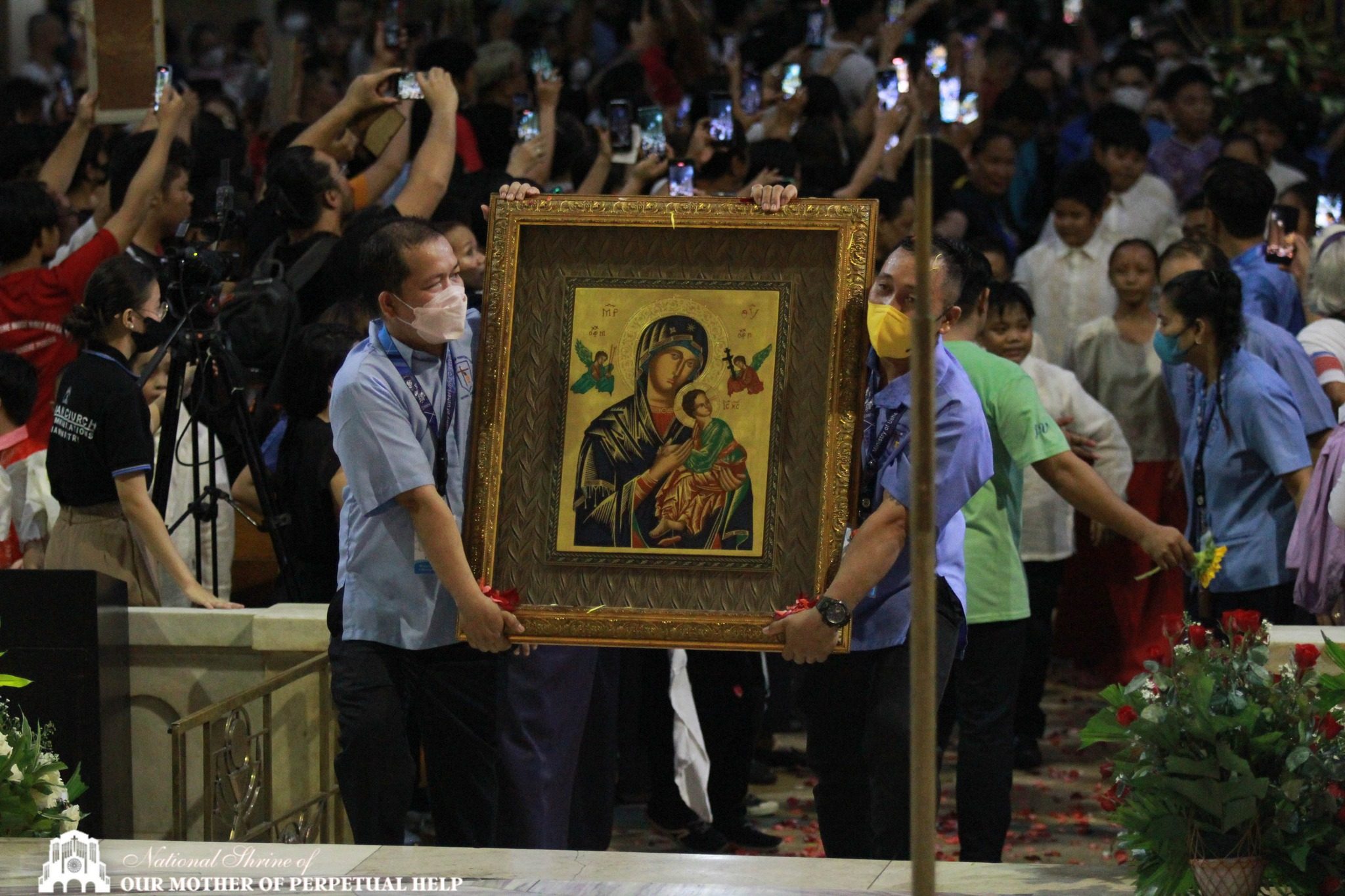
MANILA, Philippines – For hundreds of thousands of Filipino Catholics, “I will go to Baclaran” can mean praying for a job, offering Mass for a sick relative, or giving thanks to God for many graces received.
Wednesdays in Baclaran, in fact, have a special label: “Baclaran Day,” when up to 150,000 devotees pray a traditional novena to Mary, Our Mother of Perpetual Help, at the shrine under the same Marian title. Catholics believe that praying the novena can make miracles happen.
The National Shrine of Our Mother of Perpetual Help in Baclaran, Parañaque City, “is a very important landmark for every average Filipino living or working in southern Metro Manila, the nearby provinces, those from the north, and even those who have gone abroad and have come back to the country,” said Mary Jane Louise Bolunia, archeologist at the National Museum.
It is for this reason that the National Museum on Tuesday, June 27, declared the 65-year-old shrine – a modern Romanesque structure better known as Baclaran Church – an “important cultural property” (ICP) in the Philippines. The declaration coincided with the Feast of Our Mother of Perpetual Help, which is celebrated on June 27 each year.

“The bottom line is, Baclaran has been a cultural term synonymous with the shrine and the icon of Mary venerated here. Beyond the church’s architectural design by Cesar Concio, the building itself has become an icon that many can relate to. This place of worship has shaped Filipino culture and such is truly an impressive phenomenon,” Bolunia said in a ceremony to unveil the ICP marker on Tuesday.
The rector of Baclaran Church, Father Rico John Bilangel, said the shrine is a witness not only to stories of faith, petition, and thanksgiving.
“Saksi rin ito sa mga yugto ng ating kasaysayan bilang isang bayang Pilipino (It is also a witness to the chapters of our history as a Filipino nation),” he said.
The event was attended by church and government officials, including Redemptorist superior general Father Rogerio Gomes of Brazil and Parañaque Mayor Eric Olivarez.

Eligible for government funding
The National Cultural Heritage Act, or Republic Act No. 10066, defines an important cultural property as “a cultural property having exceptional cultural, artistic and historical significance to the Philippines, as shall be determined by the National Museum and/or National Historical Institute.”
Based on this law, an important cultural property may “receive government funding for its protection, conservation, and restoration.” An official heritage marker will identify it as an important cultural property.
Opened on December 5, 1958, Baclaran Church is known as the world’s biggest shrine dedicated to Our Mother of Perpetual Help.

It can seat up to 2,000 people, but during Masses, up to 9,000 people – including those who are standing – pack the iconic shrine. Many of these devotees walk on their knees toward the altar as a sign that they seek the mercy of God.
It is one of the few Catholic churches that are open 24/7.
On February 17, 1981, Pope John Paul II visited Baclaran Church, where he met with consecrated women and delivered a message. Eight years before this, when he was still archbishop of Krakow, the relatively unknown Karol Wojtyla had already visited and said Mass at Baclaran Church, where Filipino devotion fascinated the soon-to-be-pope.
Decades later, when the Duterte administration waged a bloody anti-drug campaign, Baclaran Church also served as a refuge for families of drug war victims. It was featured as “Church of the Resistance” in the Rappler series “Impunity.” – Rappler.com
Add a comment
How does this make you feel?


![[The Wide Shot] A Rappler reporter meets Pope Francis for the first time](https://www.rappler.com/tachyon/2024/05/Meeting-Pope-Francis-NEW.jpg?resize=257%2C257&crop_strategy=attention)

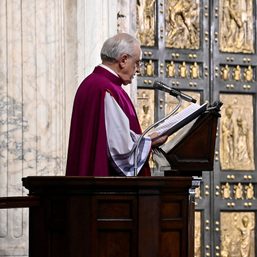
![[OPINION] Church heritage is God’s story](https://www.rappler.com/tachyon/2024/04/church-heritage-april-26-2024.jpg?resize=257%2C257&crop=409px%2C2px%2C1077px%2C1078px)
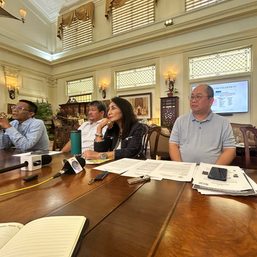
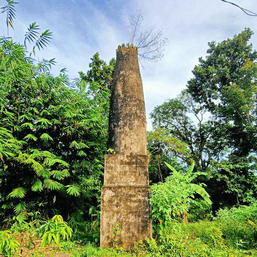

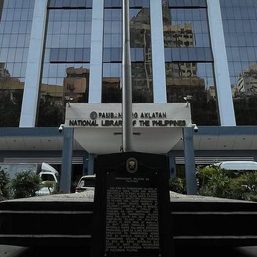
There are no comments yet. Add your comment to start the conversation.